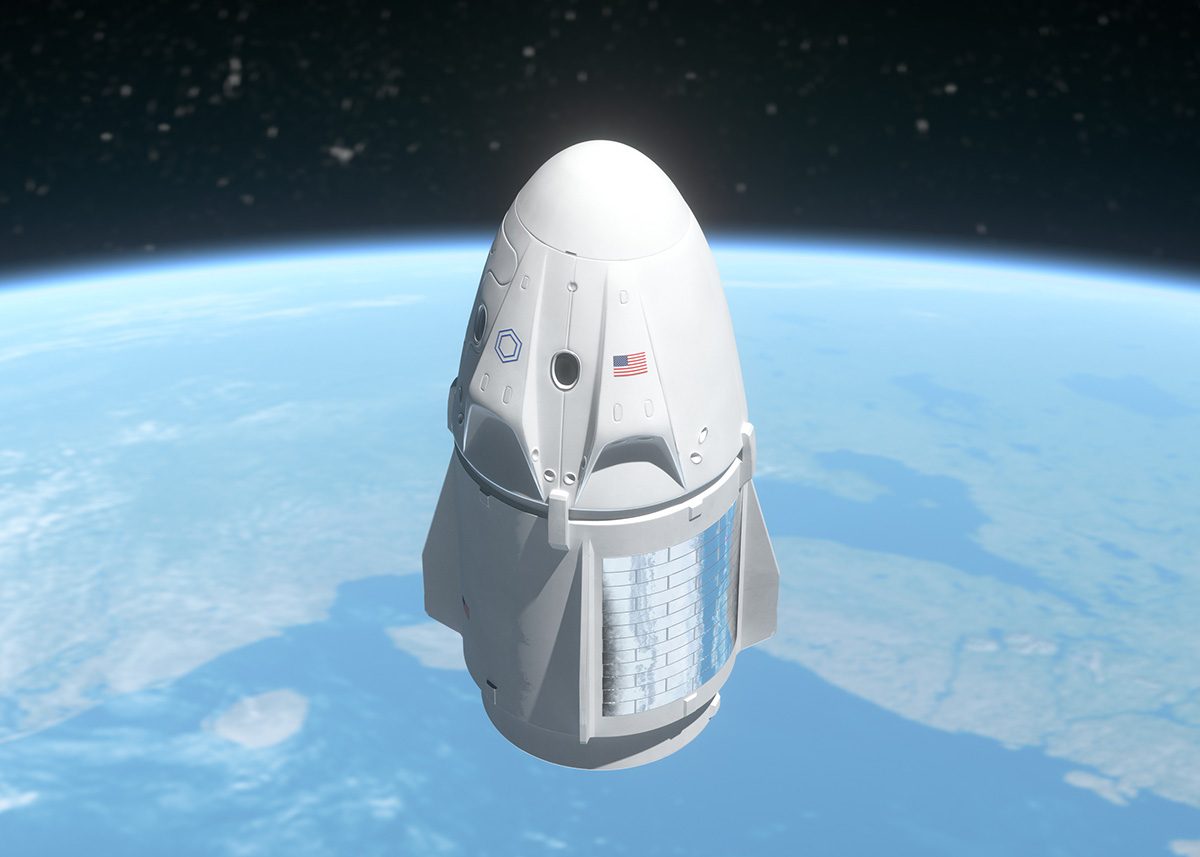
The Space Tourism Race: How Soon Until You Can Book a Trip to Space?
For centuries, humanity has looked to the stars with wonder, dreaming of what it might be like to travel beyond Earth’s atmosphere. Today, thanks to rapid advancements in technology and the ambitious efforts of private space companies, space tourism is no longer a distant fantasy—it’s a reality. But while the excitement surrounding space travel is undeniable, it comes with a hefty price tag, significant risks, and a serious environmental cost. So, is space tourism the future of travel, or is it an extravagant adventure reserved only for the ultra-wealthy?
The Excitement and Wonder of Space Travel
The allure of space tourism is undeniable. Imagine seeing the curvature of the Earth, floating in zero gravity, and witnessing the vast emptiness of space firsthand. For many, the opportunity to travel beyond our planet represents the pinnacle of adventure and exploration.
What Space Tourists Can Expect
Currently, private spaceflight experiences vary depending on the company and the type of trip offered. Some of the most well-known companies pioneering space tourism include:
- Blue Origin: Jeff Bezos’ space company offers suborbital flights aboard the New Shepard spacecraft. These flights take passengers past the Kármán line (the boundary of space at 100 km above sea level) for a few minutes of weightlessness before descending back to Earth.
- Virgin Galactic: Richard Branson’s Virgin Galactic uses a spaceplane to carry passengers to the edge of space, offering a similar suborbital experience with a few minutes of weightlessness.
- SpaceX: Elon Musk’s company aims to take space tourism to the next level, offering orbital flights around Earth and even missions to the Moon.
These experiences vary in duration, with suborbital flights lasting only 10-15 minutes, while orbital flights could last several days.
The Cost of Space Tourism
Space travel is currently one of the most expensive forms of tourism available. As of 2024, ticket prices for space flights are staggering:
- Blue Origin: Prices are not publicly disclosed, but seats have reportedly sold for upwards of $1 million.
- Virgin Galactic: A seat on a Virgin Galactic spaceplane costs around $450,000.
- SpaceX: The company has sent private passengers to orbit for a price tag of $55 million per person.
These costs make space tourism an exclusive experience available only to billionaires and extreme adventure seekers. However, as technology advances and competition increases, prices are expected to decrease over the next few decades, potentially making space travel more accessible to the general public.
The Risks of Space Tourism
As thrilling as space travel sounds, it is not without its dangers. Unlike commercial airline travel, spaceflight carries inherent risks due to the complexity of launching and re-entering Earth’s atmosphere.
Potential Dangers:
- Mechanical Failures: Spacecraft technology, while improving, is still prone to malfunctions, which could be catastrophic at high altitudes.
- Health Risks: The effects of zero gravity can impact the human body, leading to nausea, dizziness, and muscle atrophy if exposure is prolonged.
- Radiation Exposure: Passengers on orbital flights are exposed to increased levels of cosmic radiation, which could have long-term health effects.
- Re-Entry Dangers: Returning to Earth is one of the most perilous parts of space travel, with the risk of heat shield failure or improper trajectory.
While private companies are investing heavily in safety, space tourism is still in its infancy, meaning risks remain significantly higher than traditional air travel.
The Environmental Impact of Space Tourism
One of the biggest concerns surrounding space tourism is its environmental impact. While space travel is an incredible human achievement, it is currently one of the most carbon-intensive activities ever undertaken.
Why Space Tourism is an Environmental Disaster
- High Carbon Emissions: A single rocket launch produces as much CO2 as thousands of transatlantic flights combined. Virgin Galactic’s spaceplane, for example, emits over 30 tons of CO2 per passenger for just a few minutes of weightlessness.
- Ozone Layer Damage: Rocket launches release black carbon (soot) into the upper atmosphere, depleting the ozone layer and exacerbating climate change.
- Space Debris: Increased space tourism means more launches and re-entries, which contribute to the growing issue of space junk orbiting the planet.
While companies like SpaceX and Blue Origin are working on more sustainable propulsion systems, the environmental costs of frequent space tourism remain a significant issue.
Is Space Tourism Worth It?
Despite its challenges, space tourism represents a new frontier for human exploration. The ability to experience space firsthand has the potential to inspire new generations of scientists, engineers, and dreamers. For those who can afford it, the experience of seeing Earth from space is unparalleled.
Will Space Tourism Become More Accessible?
Currently, space travel remains a luxury for the wealthy, but history shows that new technologies often start as exclusive experiences before becoming mainstream. Commercial airline travel was once reserved for the rich, but today, it is an essential part of global connectivity.
Experts predict that within the next 20 to 30 years, advancements in reusable rockets, alternative fuels, and mass spaceflight infrastructure could bring costs down significantly, making space tourism a viable option for a broader audience.
The Future of Space Travel
While today’s space tourism industry is still in its infancy, it is paving the way for even more ambitious possibilities:
- Lunar Tourism: SpaceX and NASA have plans for private citizens to visit the Moon, with billionaire Yusaku Maezawa already having booked a mission.
- Space Hotels: Companies like Orbital Assembly Corporation are working on luxury space hotels that could open by the 2030s.
- Mars Colonization: Though a distant dream, Elon Musk’s vision of sending humans to Mars could eventually open the door to interplanetary tourism.
Conclusion: A Once-in-a-Lifetime Experience with Ethical Considerations
Space tourism offers an unparalleled sense of wonder, adventure, and human achievement. The ability to see Earth from the cosmos is a privilege currently reserved for the few, but it holds promise for the future of travel. However, the environmental costs, risks, and exclusivity of the industry raise significant ethical questions.
As space tourism evolves, travelers and companies alike must weigh the benefits of human exploration against the impact on our planet. If space travel is to become sustainable, it will require major advancements in green technology, regulation, and accessibility. Until then, it remains one of the most exciting—and controversial—frontiers in travel.




